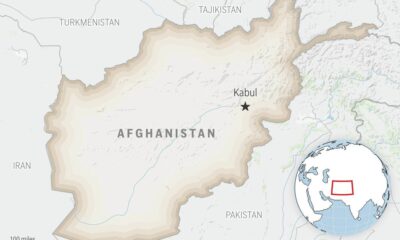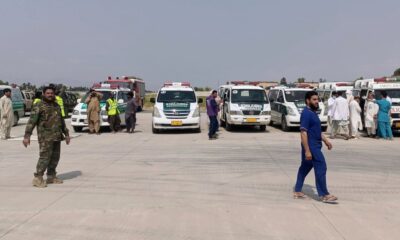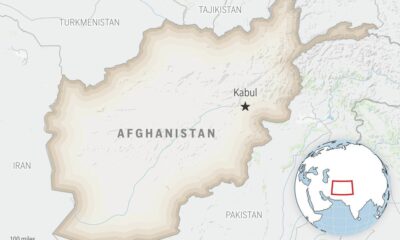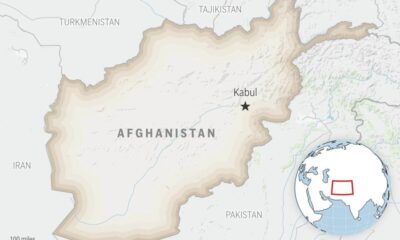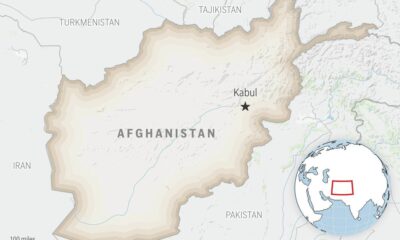Science
Strong Earthquake in Eastern Afghanistan Claims Over 250 Lives
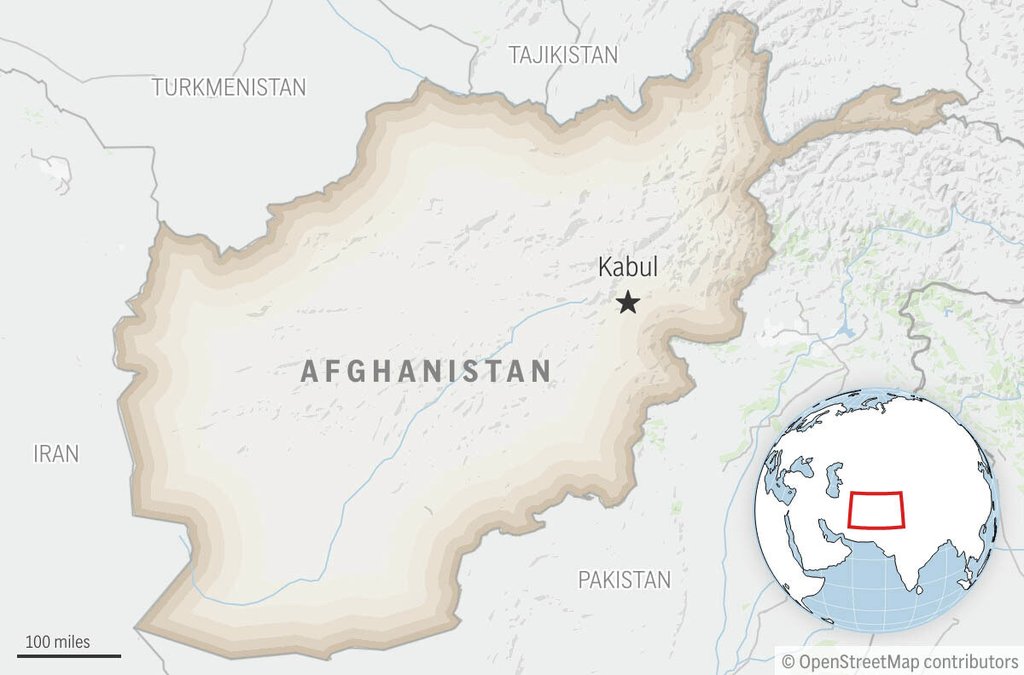
A significant earthquake struck eastern Afghanistan late on March 10, 2024, resulting in the deaths of at least 250 individuals and injuring more than 500 others. The quake, measuring 6.0 on the Richter scale, occurred at 11:47 p.m. local time and was centered approximately 27 kilometers (17 miles) east-northeast of Jalalabad, according to the U.S. Geological Survey. The earthquake’s shallow depth of 8 kilometers (5 miles) contributed to its devastating impact across several towns.
The most affected areas include the districts of Nur Gul, Soki, Watpur, Manogi, and Chapadare within Kunar Province. The Kunar Disaster Management Authority confirmed the casualty figures and reported extensive damage to infrastructure in these regions. Emergency response teams are currently working to assess the situation and provide assistance to those affected.
Response and Relief Efforts
In the wake of the disaster, authorities are mobilizing resources to aid the survivors. Local and international organizations are coordinating to deliver essential supplies, including food, water, and medical assistance. The remote nature of the affected areas poses challenges for rescue operations, making it crucial for authorities to establish efficient communication and transportation routes to reach those in need.
Officials have urged citizens to remain vigilant and adhere to safety protocols during aftershocks, which are common following significant seismic events. As rescue and recovery efforts continue, the focus will also shift to providing psychological support for affected individuals and families.
Historical Context and Future Precautions
Afghanistan is no stranger to seismic activity, with its location along a tectonic boundary making it susceptible to earthquakes. The country’s mountainous terrain and underdeveloped infrastructure often exacerbate the consequences of such natural disasters. Past incidents have highlighted the need for improved building codes and emergency preparedness measures to mitigate future risks.
As the nation grapples with the immediate aftermath of this tragedy, discussions surrounding long-term strategies for disaster preparedness will be essential. Ensuring that communities are better equipped to handle such events in the future will be a critical focus for both local authorities and international partners.
The toll of this earthquake underscores the vulnerability of many regions in Afghanistan. With ongoing support and recovery efforts, the hope remains that affected communities will begin to rebuild and recover from this devastating event.
-

 Politics4 weeks ago
Politics4 weeks agoSecwepemc First Nation Seeks Aboriginal Title Over Kamloops Area
-

 World5 months ago
World5 months agoScientists Unearth Ancient Antarctic Ice to Unlock Climate Secrets
-

 Entertainment5 months ago
Entertainment5 months agoTrump and McCormick to Announce $70 Billion Energy Investments
-

 Science5 months ago
Science5 months agoFour Astronauts Return to Earth After International Space Station Mission
-

 Lifestyle5 months ago
Lifestyle5 months agoTransLink Launches Food Truck Program to Boost Revenue in Vancouver
-

 Technology3 months ago
Technology3 months agoApple Notes Enhances Functionality with Markdown Support in macOS 26
-

 Lifestyle3 months ago
Lifestyle3 months agoManitoba’s Burger Champion Shines Again Amid Dining Innovations
-

 Top Stories2 months ago
Top Stories2 months agoUrgent Update: Fatal Crash on Highway 99 Claims Life of Pitt Meadows Man
-

 Politics4 months ago
Politics4 months agoUkrainian Tennis Star Elina Svitolina Faces Death Threats Online
-

 Sports5 months ago
Sports5 months agoSearch Underway for Missing Hunter Amid Hokkaido Bear Emergency
-

 Politics5 months ago
Politics5 months agoCarney Engages First Nations Leaders at Development Law Summit
-

 Technology5 months ago
Technology5 months agoFrosthaven Launches Early Access on July 31, 2025



